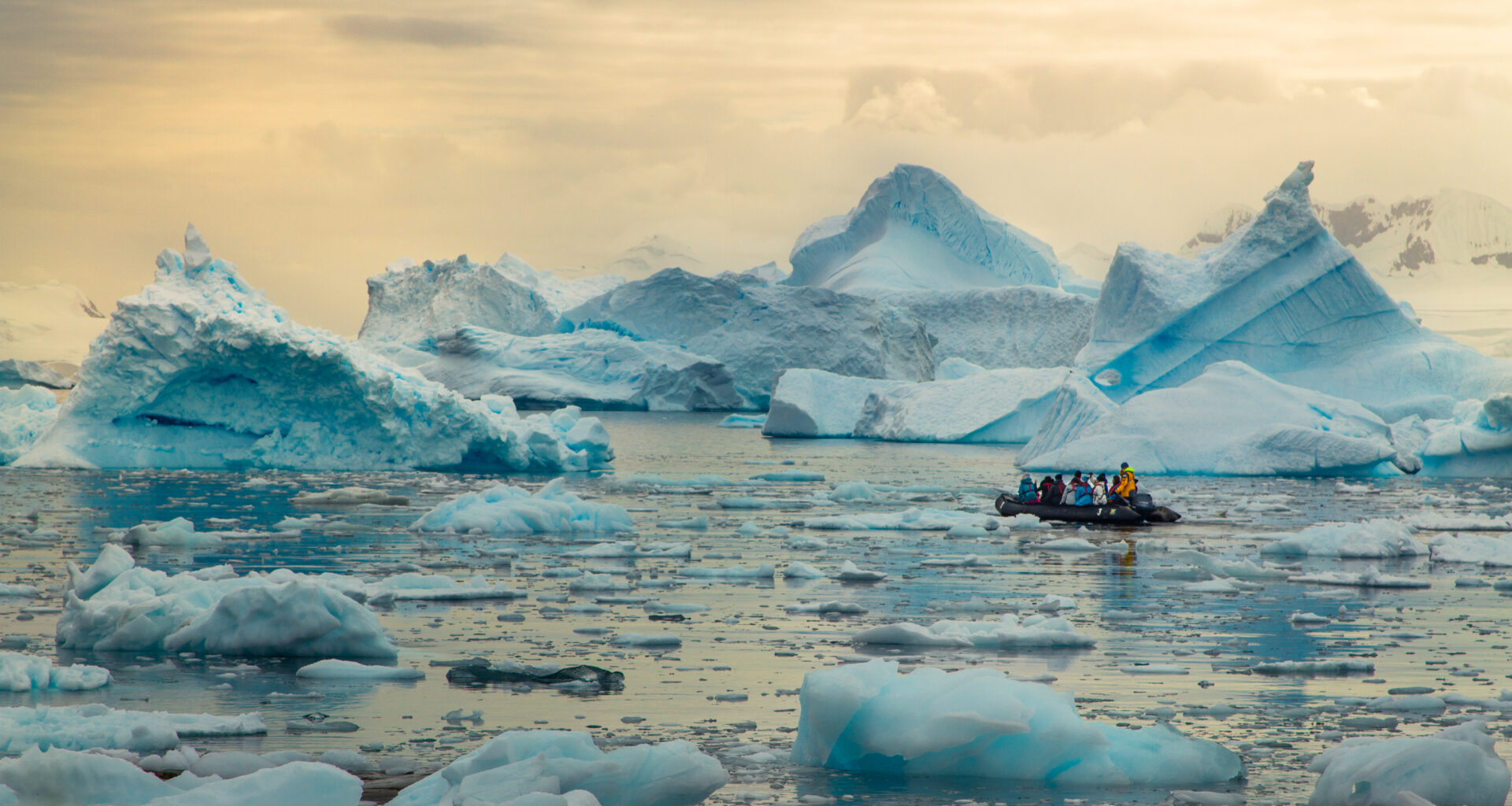
Embarking on a journey to the South Pole is an extraordinary adventure, one that few individuals can claim to have experienced. This frozen wilderness, with its otherworldly beauty and harsh conditions, is a testament to human determination and resilience. To ensure a safe and unforgettable trip, meticulous planning is essential. In this guide, we will walk you through the steps to plan your expedition to the South Pole.
Step 1: Research and Preparation
Before you set out on your Antarctic odyssey, thorough research is crucial. Familiarize yourself with the logistics, weather patterns, and safety measures required for such an expedition. Learn about the history of Antarctic exploration and the challenges faced by past adventurers. Read accounts of those who have made this epic journey, and immerse yourself in the vastness of the frozen continent.
Step 2: Choose Your Route and Duration
Determine the route you wish to take to the South Pole. Most expeditions depart from Punta Arenas, Chile, or Cape Town, South Africa. Common routes involve flying to Union Glacier Camp in Antarctica and then making the onward journey by ski or snowmobile. Decide whether you want a guided group tour or prefer to go on a private, custom expedition. Consider the duration of your trip; most Antarctic expeditions range from two weeks to a month.
Step 3: Obtain Necessary Permits
Antarctica is protected by the Antarctic Treaty System, and all visitors must adhere to strict regulations. Ensure you obtain the necessary permits and permissions before proceeding. You may need permits from your home country and from the country operating the base you’ll be departing from.
Step 4: Physical Fitness and Training
A trip to the South Pole demands physical fitness and mental strength. Engage in regular cardiovascular and strength training exercises to prepare your body for the harsh conditions. Acquire skills such as cross-country skiing and snow survival techniques. Consult a doctor to ensure you are physically fit for such an arduous journey.
Step 5: Gear and Equipment
Invest in high-quality gear suitable for the extreme cold temperatures. This includes insulated clothing, waterproof and windproof outerwear, sturdy boots, and cold-weather sleeping gear. Don’t forget essential items like polarized sunglasses, sunscreen, and a reliable GPS device.
Step 6: Health and Safety
Prioritize your health and safety throughout the expedition. Take all necessary vaccinations and medications recommended by your doctor for Antarctica. Ensure you have a comprehensive first-aid kit and a contingency plan in case of emergencies.
Step 7: Environmental Considerations
Adopt a Leave No Trace policy during your trip. Respect the pristine environment and wildlife, minimizing your impact on the delicate ecosystem. Dispose of waste responsibly and refrain from disturbing the local flora and fauna.
Step 8: Mental Preparedness
Prepare yourself mentally for the isolation and challenges that come with traveling to the South Pole. Long periods of darkness and extreme conditions can take a toll on your psyche. Maintain a positive outlook and keep a journal to document your experiences.
Step 9: Arrange Logistics
Coordinate with the tour operator or expedition company for travel arrangements and logistics. Confirm all details regarding flights, accommodation, equipment, and food supplies.
Step 10: Embrace the Journey
As you embark on this once-in-a-lifetime adventure, embrace the awe-inspiring beauty of the Antarctic landscape. The vast icy plains, towering glaciers, and mesmerizing wildlife will leave an indelible mark on your soul. Capture the moments through photographs but also relish the experiences in your heart.
Planning a trip to the South Pole is a labor of love and dedication. With meticulous preparation, respect for the environment, and a spirit of adventure, you can turn your dream of visiting the bottom of the world into a reality. Remember, the journey to the South Pole is not just about conquering a destination; it is a profound exploration of yourself amidst the most extreme wilderness on Earth.











